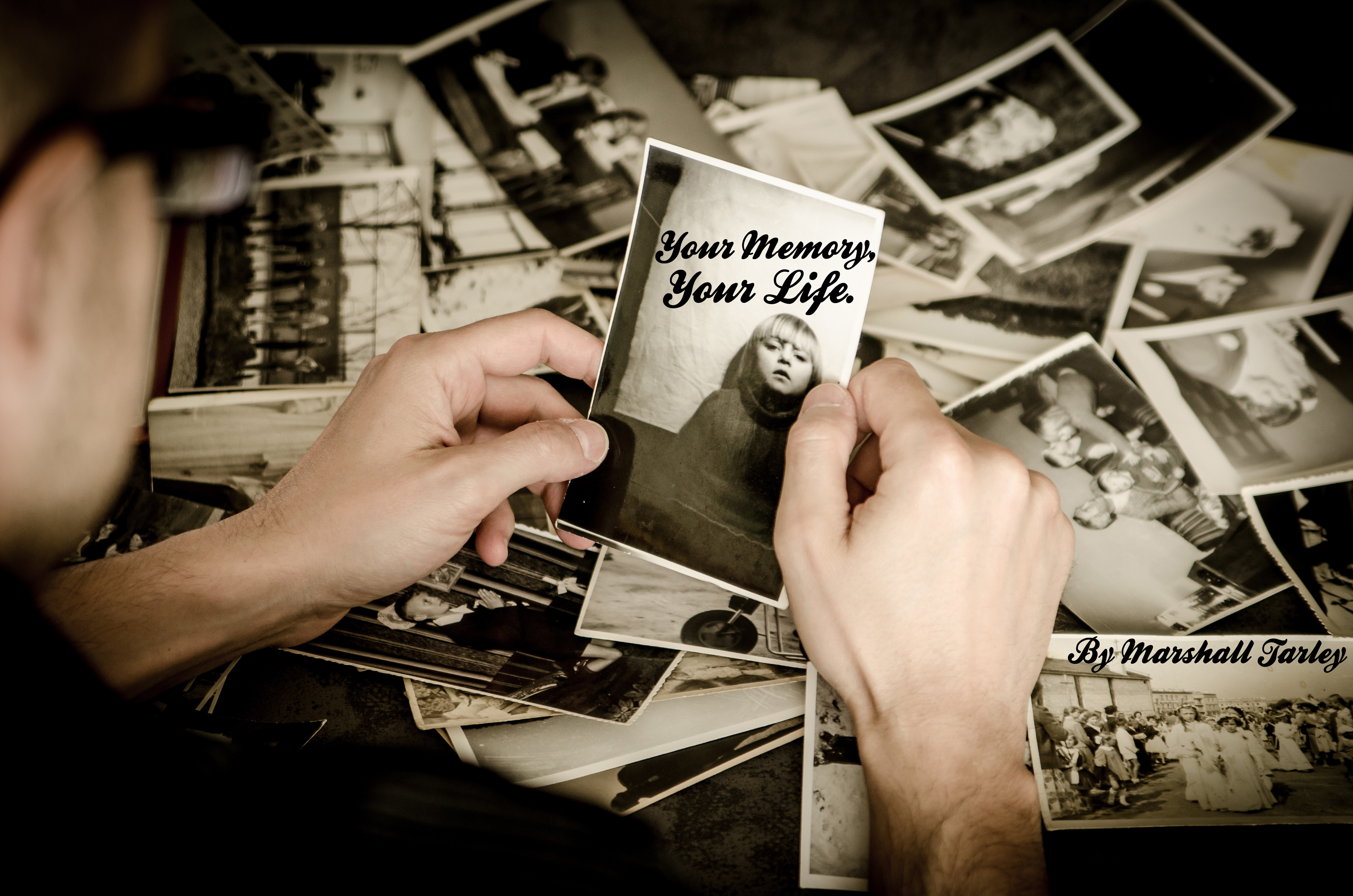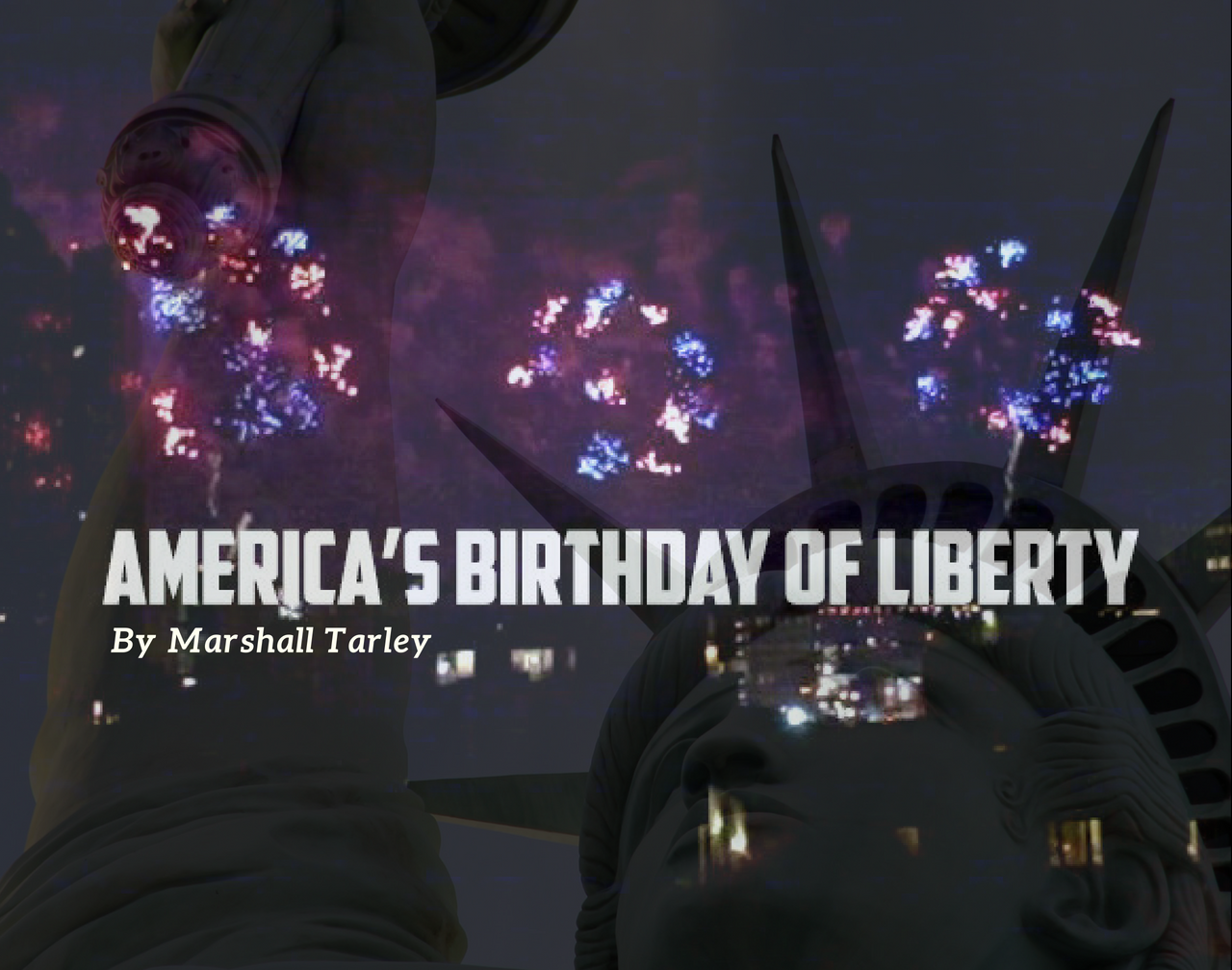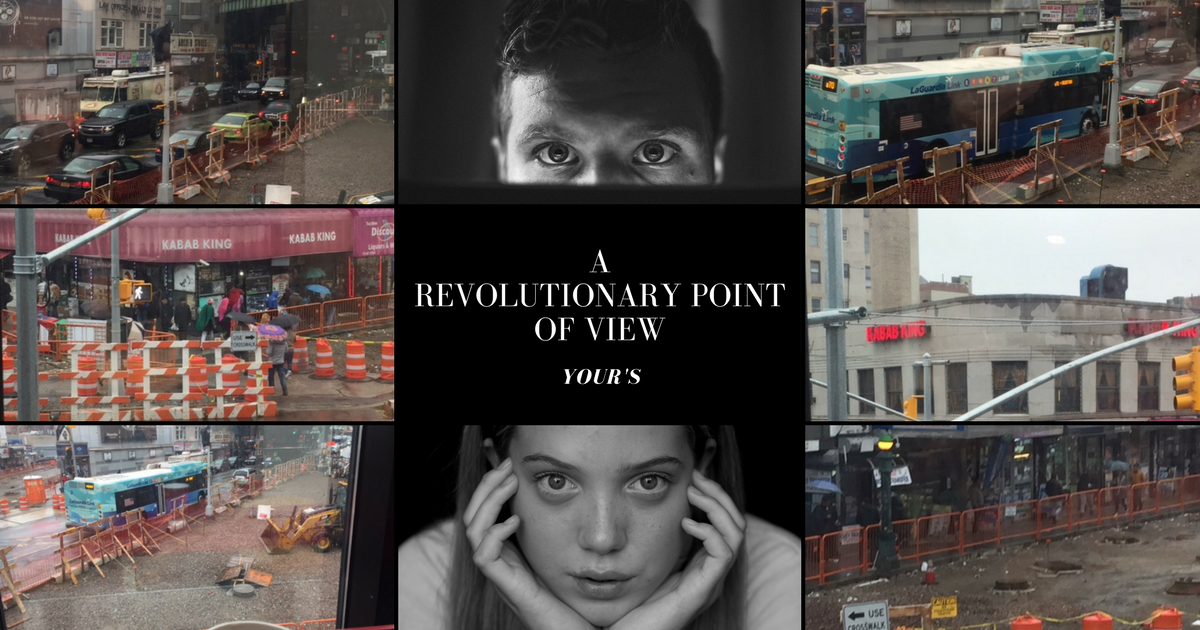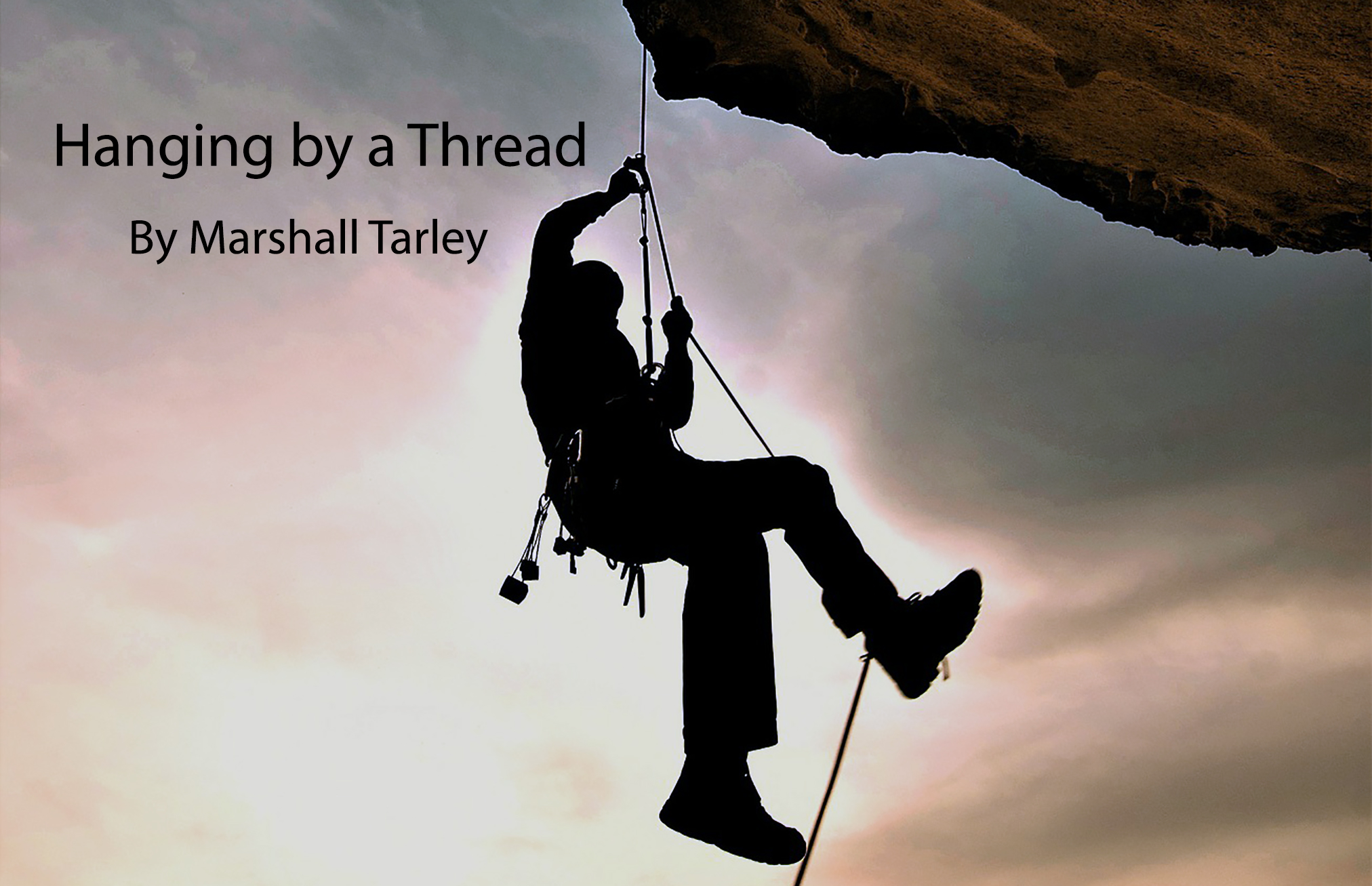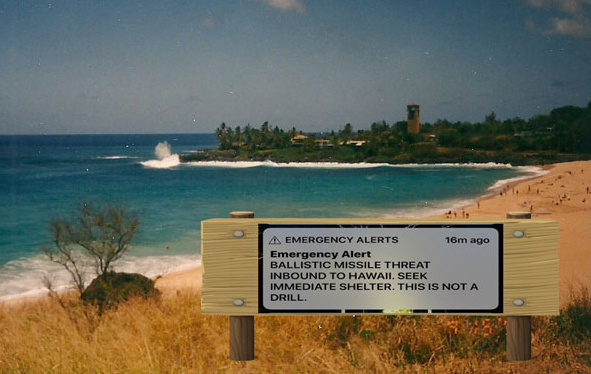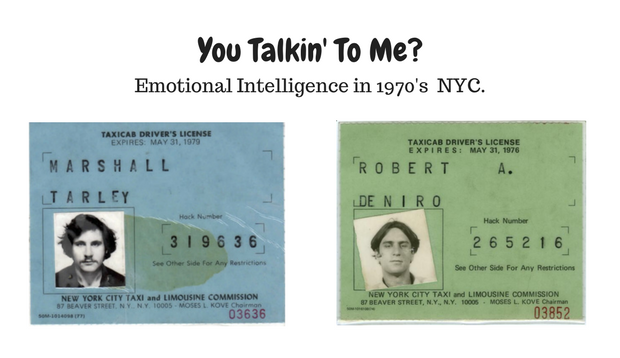Your Memory Your Life
Defer and Delay Memory Loss, Dementia and Alzheimer’s
As the Co-founder and, currently, President Emeritus of the USA Memory Championship, I was very happy to partake in the 20th Annual Championship at MIT’s McGovern Brain Institute on July 14th.
Amongst the speakers, my friend Robert Ajemian, a neuroscientist at the institute, presented on the incredible way in which the human brain creates, stores and retrieves memory. Our brains are far more complex than any computer that has ever been created and these neuroscientists expect that to continue indefinitely. Our human brains also have an infinite storage capacity for memory, in part, because of its complexity. Several of the neuroscientists presented on maintaining a healthy brain and deferring and delaying memory loss and the scourges of Dementia and Alzheimer’s.
There are many products on the over-the-counter market that make promises to improve memory. Their claims are fundamentally untrue. Some make claims to scientific proof. This so called proof may show such minute differences that it is of no consequence whatsoever. There are computer apps that make claims as well. These too have not shown any measurable difference in memory performance, though one may get better at scoring on the app’s game itself.
Here is the bottom line on keeping your memory healthy and delaying and deferring memory loss, Dementia and Alzheimer’s.
Alzheimer’s is the largest cause of Dementia. While there is no known method of preventing Dementia or Alzheimer’s, there is strong scientific evidence that these afflictions can be deferred – that is, you may be able to defer memory loss and the onset of Dementia and Alzheimer’s for years or even decades. Here are the four major ways to do it.
Health & Diet: It is clear that people with diets that are high in processed foods, especially processed carbohydrates and sugar, will have a significantly higher incidence of Type 2 Diabetes as well as high blood pressure and high cholesterol. Together, this is known as metabolic syndrome. These ailments are correlated with the onset of Dementia and Alzheimer’s. Eating a healthy diet, rich in nutrients and low in sugar and processed carbohydrates is critical to brain health. The MIND Diet and the Mediterranean Diet have largely been recommended for these purposes and there is evidence that they have a positive effect. Inflammation in the body is also known to be a contributor to the onset of these diseases. Therefore, an anti-inflammatory diet is recommended. In addition to lots of green leafy vegetables, spices such as turmeric, cinnamon, black pepper and ginger are anti-inflammatory and healthy for your brain and body. You also need a healthy microbiome. This is the myriad of diverse healthy bacteria in your gut. As we get older, the microbiome appears to get less robust. A high quality probiotic is highly recommended.
Physical Exercise: How does physical exercise build your brain? All the reasons are not completely understood as yet, but the research has shown that regular rigorous exercise is correlated with staving off memory loss and the onset of Dementia and Alzheimer’s. Here are some the positives that are known – physical exercise pumps more blood into the brain, bringing nutrients and oxygen; exercise may also increase the amount of dopamine, serotonin and endorphins in the brain, the feel good brain chemicals; exercise appears to improve your microbiome which is linked to brain and mood; and physical exercise is associated with the expression of genes – that is, you may have a gene for a disease, but the expression of that gene may be changed by our life habits such as regular exercise and healthy eating.
How do I start exercising and what should I do? Talk to your doctor before you start.
Discuss with him or her how rigorous a routine you can begin. It is absolutely best to train under the guidance and coaching of a trained professional. A good trainer will calibrate your strength, balance, coordination and other such abilities and continuously build your strength and capability in all of these areas while preventing injury. It is necessary to start slow and build, and exercise on a regular basis. Latest research points to the fact that you get the most out of an exercise program that takes you to your maximum and keeps pushing the envelope forward.
My choice here is high intensity weight resistance training…yes, even for older adults. It is simultaneously building your cardio-vascular system as well as building strength, balance and coordination. But, any regular exercise routine will help you. Just make sure to start slow and build over time.
Intellectual Engagement and Challenge: Your brain is often compared to a muscle. It is not a muscle, but like physical strength, you build your brain strength by exercising it to its maximum and pushing the envelope forward. What that means is that your brain needs to be challenged. If you regularly do crossword puzzles, great, but it is not enough. Again, start slow and enjoyably, and build to what is challenging for you. If you have no facility for math, learn math. Never learned a foreign language, learn one. A musical instrument, sure, absolutely. As with physical exercise, you want to start slow and build. You want it to be enjoyable, yet, at times, hard work. When your brain is challenged, your brain cells are stretching out, trying to make new synaptic connections, learning to perform and understand this new challenge. As your brain cells do this, their spiny dendrites are growing thicker, stronger and more robust as well as longer and are making a greater number of new connections. This is just one way that challenging intellectual activity keeps your brain and memory healthy. You have to work your body and your brain to stay healthy in both.
Social Interaction and Mood: Social interaction stimulates the brain like nothing else. Making connections with people we know and with new people make us feel good. A good mood helps our brain health. Social connections stimulate our thinking. One single comment from another person can cause a cascade of mental activity in your brain. For this reason, you must make sure your hearing is good. There have been studies that show a relationship between untreated hearing loss and the onset of Dementia and Alzheimer’s. It is strongly believed to be because the mental stimulation described above is missed when one cannot adequately hear. Finally, the way we feel about ourselves, the world around us and our lives, will have a strong impact on our longevity and our brain health. You want to keep your mood fit along with everything else. When there is hearing loss, people tend to shy away from social interactions. That’s a big loss for our mood and mental stimulation. Make plans for engaging with others, for events, family get-togethers. Plan on it. Take on tasks that include others. Push the envelope here too. When in doubt, go out. As I’ve discussed in many of my YouTube videos, the focus of our mind is strongly affected by the questions we ask ourselves. Consciously decide to ask yourself positive generative questions as you start your day and at evening time. It will focus your thinking on the good in your life and help you to feel good.
